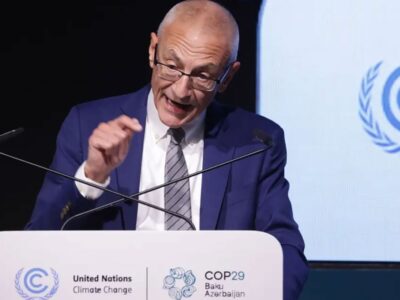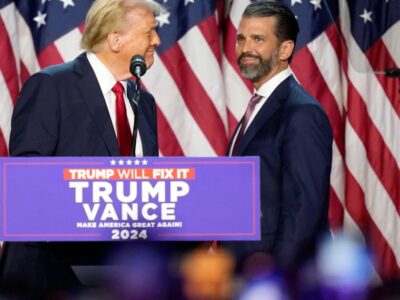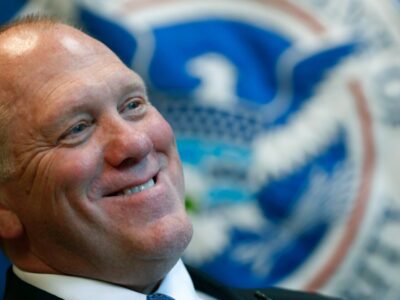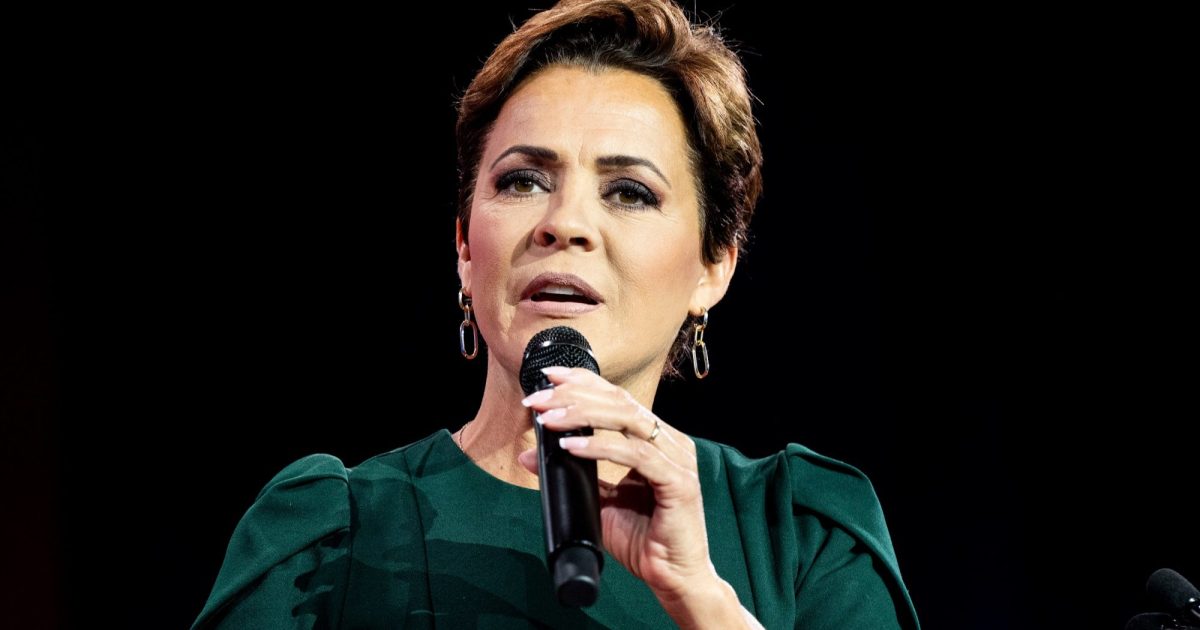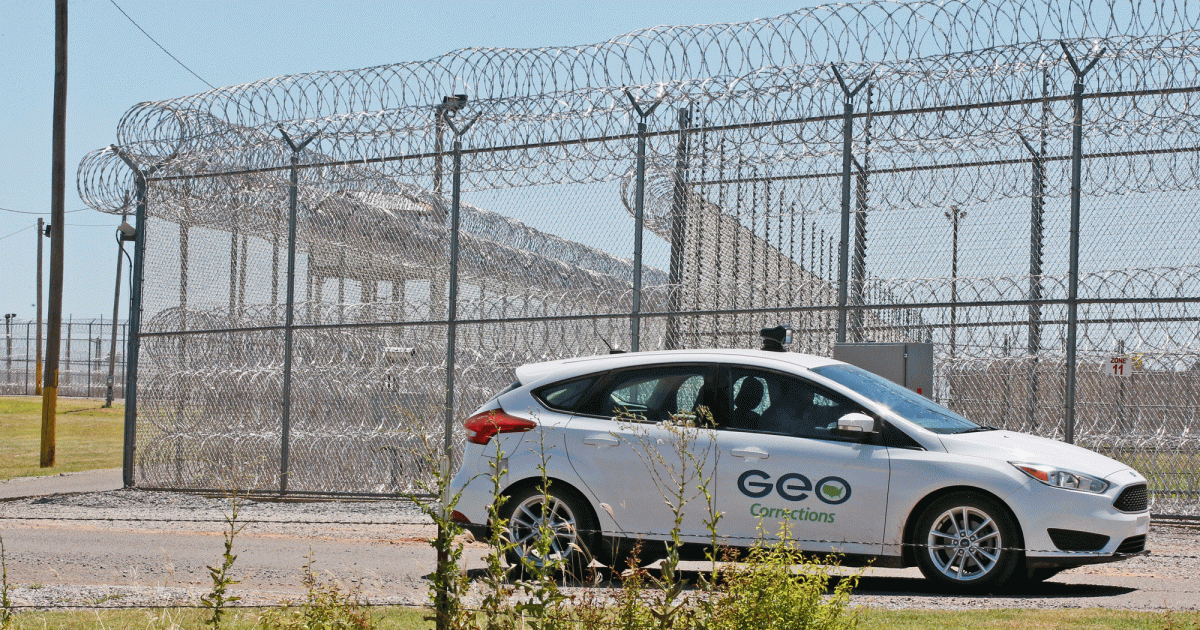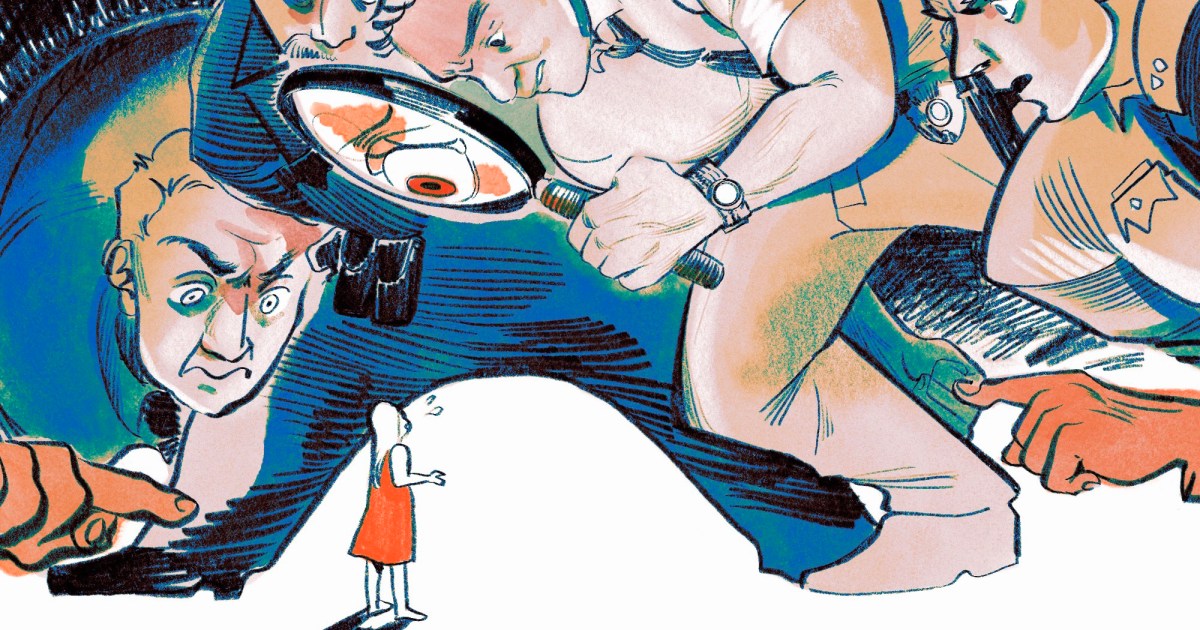
Last week, Silicon Valley Bank, one of the most prominent banks used by the venture capital and startup sectors, collapsed.
SVB’s rapid crash—the largest such failure since the 2008 financial crisis—grabbed headlines and generated concern: How could a bank with nearly $210 billion in assets fall apart in just a matter of days? And, perhaps more to the point: How worried should I be?
Ross Levine, an economist at the University of California, Berkeley business school who specializes in banking and finance, believes SVB’s collapse is a manifestation of other problems within the banking system, and among federal banking regulators, that have been growing for years.
In the last week, many experts have focused on the 2018 legislation passed by the Trump administration to deregulate banks like Silicon Valley Bank. Its CEO, Greg Becker, engaged in an expensive, multi-year lobbying campaign to help pass this law, which raised the threshold for banks subject to additional risk checks—also known as “enhanced supervision”—by the Federal Reserve from $50 billion in assets to $250 billion, a line that SVB never crossed ahead of its collapse. The theory goes that this deregulation contributed to SVB’s failure.
Levine, who’s co-written two books on banking regulation in the United States and abroad, thinks that argument is both far too simple and absolves federal banking regulators of responsibility for the mistakes they continue to make in overseeing the banking system, going back as far as their response to the 2008 financial crisis. Here’s more of our conversation from earlier this week, edited for clarity and length:
What is your theory of how things got this bad at SVB?
SVB took lots of uninsured deposits from 100 or 200 really large depositors and invested a large portion of that money in long-term securities—very, very safe securities, so US Treasury securities and government-backed mortgage securities. This created an extremely fragile bank with respect to interest rates: Interest rates go up, bond prices go down, and that change is particularly big for long-term securities. So the value of the assets of SVB fell as interest rates rose.
The fact that it had a few large, uninsured depositors who were very well connected meant that any sign of vulnerability triggered a flow of information such that the uninsured depositors wanted to remove their deposits, and everything unraveled very quickly.
Now, the key thing in my view of all of this is that this interest rate risk—the vulnerability existed two years ago, three years ago, so I’m just stunned that financial supervisors and regulators didn’t induce the bank to hedge its interest rate risk. This is not rocket science. This is Banking 101. This is like my undergrads after a year of money in banking would look at this bank and say, “Wow! This bank is really vulnerable. It has a lot of uninsured depositors, and it’s exposed to interest rate risk, what are they doing to hedge that risk?”
I emphasize how basic this is because there’s been a lot of focus on the 2018 deregulation that took place in the Trump administration. It could be that the deregulation caused supervision regulation to be weak. It could be. I just am very, very skeptical because this is plain vanilla, super transparent. There’s nothing complicated. This is not Lehman Brothers. This is the basics of the basics. And it’s also true that in that [2018] act, for banks with $100 billion or more assets [like SVB], the Federal Reserve has the discretion if it so deems to engage in enhanced supervision regulation. So it could have chosen to, if it thought it was worthwhile. To me, there was a really kind of grossly incompetent supervision and regulation at the FDIC and the Fed that I just don’t understand at this point.
But was anyone in the regulatory system actually mandated to do a stress test on this bank? It sounds like the Fed could have done enhanced regulation, but that wasn’t required. What sort of supervision was mandatory?
I think it’s fair to say that nobody was mandated to do enhanced supervision and regulation and stress testing of this bank because of the [$250 billion in assets] limit. That is clear. But that focus removes responsibility of the supervisory and regulatory authorities for their incompetence, and instead places responsibility on the government’s deregulation in 2018. And I think that is misguided.
You don’t need enhanced anything to assess the risk of SV Bank. It’s not that the 2018 reform meant that banks with less than $250 billion in assets were not supervised and regulated. That’s not what it said. It just said that they would not be subject to this enhanced supervision and regulation. The notion of “enhanced” to me means that you need additional investigation, potentially associated with more sophisticated and complicated environments. But [what was happening at SVB] is very simple. I think the regulatory authority should not be absolved of responsibility because of the 2018 act. The chair of the Fed and the chair of the FDIC need to explain what went wrong. Now, there may certainly be lots of things that I’m unaware of. But given the current available public information, what were they doing?!
What part of the banking/regulatory infrastructure should have been the one that spotted this, in your opinion?
The FDIC and the Federal Reserve both have responsibility for supervising and regulating such banks. But any supervisor or regulator is going to look at the basic structure of a bank’s assets and liabilities. Meaning that it would be inconceivable that you would look at SV Bank and not see that essentially 95 percent of the deposits are uninsured, right? That means that it’s much more vulnerable to bankruptcy. You don’t see too many banks like that. That’s really unusual.
It could be that enhanced supervision and regulation would address these issues. I’m not denying that. It just seems hard to understand how the regular as opposed to the enhanced version didn’t catch these problems.
Given how obviously fragile this structure was, why didn’t SVB check themselves and better manage their own risk?
One, they may have grossly underestimated how quickly the depositors would exit if there was any sign of weakness. Two, and maybe most importantly: Man, they had a pretty good way to make money in a low-interest-rate environment. You collect deposits, and basically give zero interest rates. You turn around and invest, and you keep all of the profits. The profits keep going up, because you keep getting more and more deposits, because there’s a boom in the ability of these firms to raise venture capital funding—deposits rose threefold in about two years from around $60 billion to close to $200 billion. So they’re making a ton of money, the shareholders are making huge profits, the executives are making huge profits for their shareholders, and therefore, I’m sure they’re getting paid really well.
So it was probably a confidence that as interest rates went up, even if they sold some securities at a loss to meet depositors, it wouldn’t be too big of a deal. But things went bad, and SV Bank didn’t insure themselves against that.
So now the bank has failed, and the US government has said it will 100 percent guarantee all these uninsured deposits—not with taxpayer money, but with the FDIC’s Deposit Insurance Fund, which is funded by banks. So, is this a bailout? And will anyone actually suffer any sort of financial loss or other consequence from what happened?
So the shareholders in SVB will lose, if not everything, almost everything. And SVB also had bondholders; they will also likely lose most if not all of their investment. And then, of course, the executives will lose their jobs or have lost their jobs.
Okay, so then we have the question, is this a bailout of the uninsured depositors? And here, I would say, probably a little bit. They’re going to give them 100 cents on the dollar. So there’s definitely some subsidy there. But the broader subsidy is not to the people directly associated with SV Bank. It is to the other banks with uninsured depositors who are now not going to run. Those shareholders, executives, and uninsured depositors are getting the subsidy. Because there would very likely be other banks that fail if they had engaged in the same type of investing as SV Bank.
It is like a preemptive bailout.
Exactly. Now there’s a very good article by Sheila Bair in the Financial Times. She was the head of the FDIC during the global financial crisis. And she makes the point that why was it necessary for the FDIC to essentially ensure the uninsured depositors? It looks like the assets of SVB will certainly pay all of the insured depositors, but will also be able to pay almost all if not all of the uninsured deposits—it is just going to take a bit of time to sell off those assets. Also, it seems to be that the FDIC could have made a reasonable amount of those uninsured deposits available in order to make payroll and deal with other operational things without this blanket insurance of uninsured depositors.
The nature of the insurance scheme is to protect unsophisticated investors, not to eliminate the imperative for large, sophisticated investors to monitor what banks are doing with their money. This was not you and I, grandma and grandpa—all the different people putting their money in a bank that can’t really be expected to figure out what the bank is doing; these are firms with $5, $10, $20 million deposits that had many options.
So what she points out, and what I agree with is: Is the FDIC and the Federal Reserve providing this really broad insurance for uninsured deposits because it’s very worried that many banks have such losses on their books?
That is kind of terrifying.
Yeah. And I’m going to give you some statistics that are going to terrify you. At least they terrified me.
So there was a study done a few months ago, and they revised it over the weekend looking at the banking system as a whole. They calculate that looking only at the losses associated with long-term assets dropping in value because of interest rate increases during the last year, the losses in the US banking system are about $2 trillion. And we don’t know how much of that loss is hedged.
Whoa.
$2 trillion is a very big number. Now, it clearly depends upon how it’s distributed among big banks, middle banks, small banks. So, I’m not concerned at all about SV Bank. I’m concerned that if supervisors and regulators could be this incompetent in such an obvious situation, what are we supposed to think about the stability of the banking system overall? And it makes me scared.
This makes me want to take my money and put it under my mattress.
Yeah, me too!
Is SVB the only episode that has made you think that we have a banking system with a bunch of losses—and a bunch of regulators incapable of spotting them in time to get things back on track? Or are there other pieces contributing to your view that government isn’t set up to handle whatever comes next in the banking system?
The government response to the 2008 crisis. In 2008, what happens is the authorities— in particular, the Fed—bails out almost everyone. It wasn’t just that they bailed out the insured depositors and the uninsured depositors; they bailed out the bondholders, the money market mutual funds, insurance companies—they bailed out everyone. Investment banks that you would never have thought of. In 2006, if you’re at a conference and you say, “Look, is the Fed going to bail out Goldman Sachs?” I would say: “No, of course not! That’s an investment bank.” But the Fed got involved. We can call that a bailout or not call it a bailout, but what I mean is that without the financial support that the Federal Reserve gave Goldman Sachs, it would have failed.
I don’t know how you get broader moral hazard than the choice that US policymakers made in the wake of the financial crisis. The implications of having made that choice is that investors expect the Fed to bail them out from their investments, certainly in banks.
So now because of massive government involvement in ensuring the liabilities of banks, bank owners and executives have lots of incentives to invest in riskier investments. Given that, you’ve sort of removed or dramatically reduced private sector discipline of risk-taking in the bank. The government removed it by insuring those investors. So now the government must play a larger role in restricting risk-taking or risks will explode.
Now, the regulators have incentives to do a good job. But the people in these banks have enormous financial incentives to get around this and take on risk and generate higher yield. I mean, the incentives to do this are just enormous. So, just intuitively, it’s like, how long is the regulatory apparatus going to constrain that?
Probably not forever.
My view is that the combination of the government reducing the incentives of the private sector to monitor banks, and my pessimism about the government’s ability to effectively constrain risk-taking given those incentives, suggests that there must be problems building in the system. To me, that’s kind of lurking in the background. That’s the big thing. I can’t point you to exactly where this is emerging. I just know, from studying banking systems and crises around the world of the last few hundred years, that those incentives typically manifest in some sort of a problem.
And remember: This is the same entity, the Federal Reserve, which keeps interest rates low for a very long time—way too low, for way too long, okay. And then they say, “Okay, now there’s inflation, and we’re going to jack up interest rates really fast to fight inflation.”
But if you’re going to raise interest rates really rapidly, and at the same time you’re overseeing the banking system, how could you not say, “What are going to be the implications with the stability of the banking system? And we have to do this in a way that’s going to allow banks to deal with their interest rate risk.” Sometimes, I don’t know what they were doing at the Fed.
Adding to your pessimism about their ability to constrain risk taking.
Yes. When I wrote books about the financial crisis in 2008, everybody talked about it as a once in 100 years flood, nobody could have foreseen it, etc., etc.. And I would bet my house that they’re going to say now that “Oh, we really couldn’t have seen things in SV Bank. Nobody could have seen this coming.” And this is dishonest. Just as in the 2008 crisis, the themes were building for years ahead of time; it was not an unforeseeable flood. So I have very little faith in the Federal Reserve’s ability to effectively supervise and regulate banks. And what’s going on now with SVB seems like another example.
This is a pretty grim analysis of our banking system’s stability. How worried should regular people be?
So I think for the vast, vast, vast majority of people, there’s no reason to do anything. I have my checking account, and I haven’t done anything because those deposits are insured.
But besides that, what I would be nervous about is what are the bigger financial losses and therefore the bigger risks in the financial sector? Let’s say I’m running a bank, or the banking system: $2 trillion [the estimated potential losses currently borne by banks] is a big reduction; my incentives for risk-taking go up. I have less to lose. And that’s a problem. Risk taking, and the potential failures from risk taking, can multiply quickly. And that is what people should be worried about now. If regulators don’t deal with those incentives, it could be disastrous.

